SUMMARY
This is AI generated summarization, which may have errors. For context, always refer to the full article.
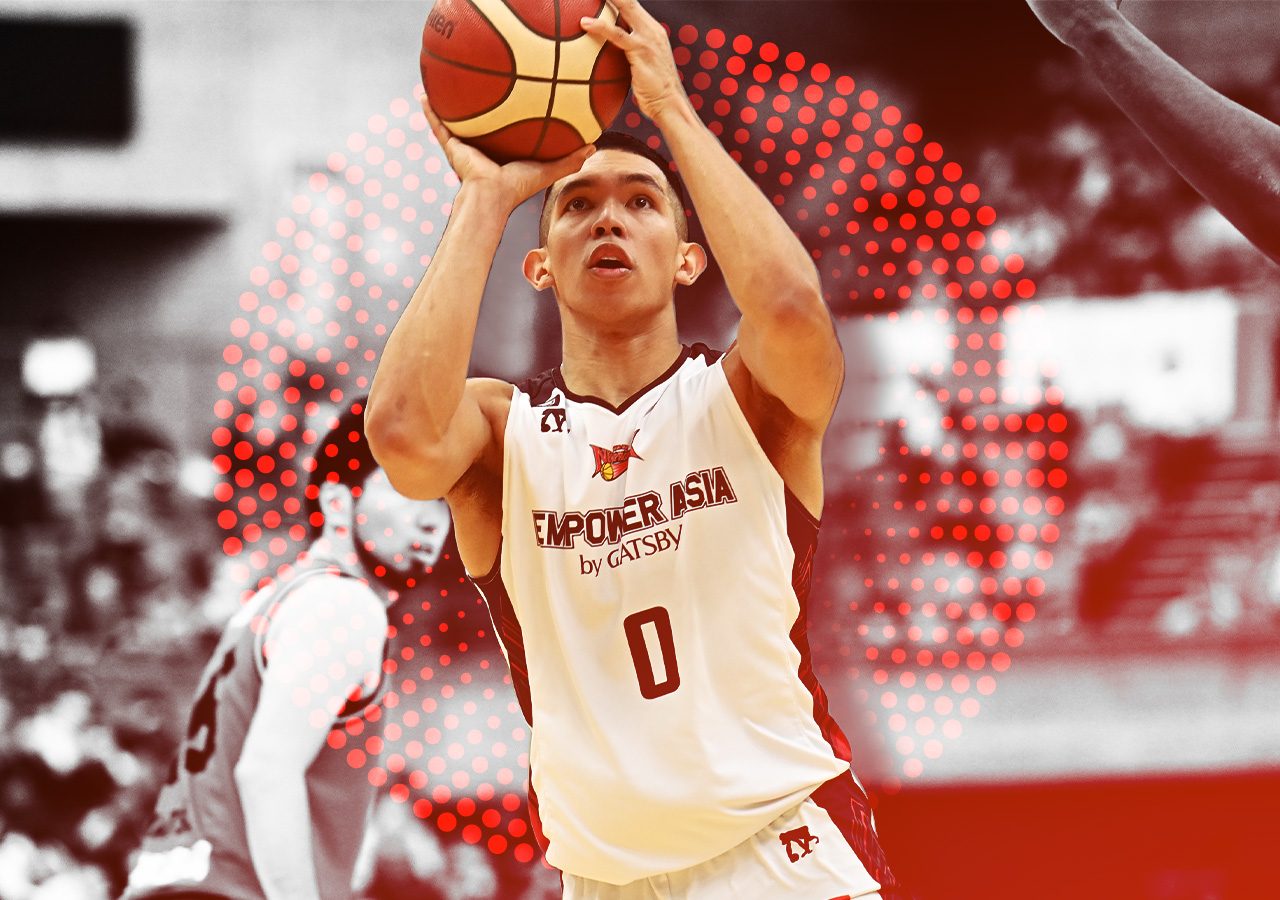
MANILA, Philippines – The Japan B. League has grown in popularity over the last two years in large part because of the Filipino basketball standouts who have taken and continue to take their talents to the Land of the Rising Sun.
From an economic point of view, the first instinct that usually comes to mind is how these rare opportunities provide a new avenue for homegrown talent to monetize their abilities, with salaries of Asian imports reportedly ranging from US$30,000-$50,000 (P1.7 million-P2.8 million) a month.
The B. League’s stage also provides a platform for Filipinos to showcase their capabilities to a wider Asian audience, a trend that will ultimately follow in Korea and Taiwan’s professional basketball leagues.
The favor also works the other way, as the B. League has accessed fan support and following for their league from Filipino viewers who watch live in Japan or catch broadcast games in the Philippines, which is known to be one of the most active countries on social media.
Thirdy Ravena, the first Filipino player to join the Japanese league, proved to be the league trailblazer when he made the surprise jump in 2020.
Officials from the B. League shared that their number of Facebook followers grew exponentially following the initial announcement of the former Ateneo superstar’s decision to sign with San-En NeoPhoenix.
“Our Facebook followers were 80% Filipinos after that,” Ayumi Yamamoto, an international business developer for the B. League, said in an interview during a recent visit to the Philippines.
“So that tells us the Filipino fans are really interested in the B. League Filipino talents. That was because of the players, but we also want to [develop] the interest into the B. League.”
Ravena’s impact proved to be more than just social media engagement as he drew sponsors as well.
During a San-En game last season, men’s grooming brand Gatsby partnered with the team to sponsor a night for Ravena.
The team wore a special-designed uniform, around 600 local Filipinos were invited to the game, Ravena merchandise were on sale, and there was a shooting challenge where the profits were used to buy basketballs for children in the Philippines.
“I think we can ask [more] teams to do something like that,” said Mari Matsumoto, also an international business developer for the league.
That could include a Filipino Heritage night in upcoming B. League games, similar to the NBA, where teams passionately invest on in-game entertainment for their home crowds, such as mascots, live performers, and special guests, just to name a few.
“We try to not copy the NBA but whatever the NBA is doing that looks fun, B. League clubs are also trying to do that as well,” Yamamoto shared.
“Like in Okinawa, they have their native dance called Eisa. They bring in drummers and dancers at halftime and then they show cultural stuff, too. So, that makes it entertaining for overseas customers as well. It’s something new.”
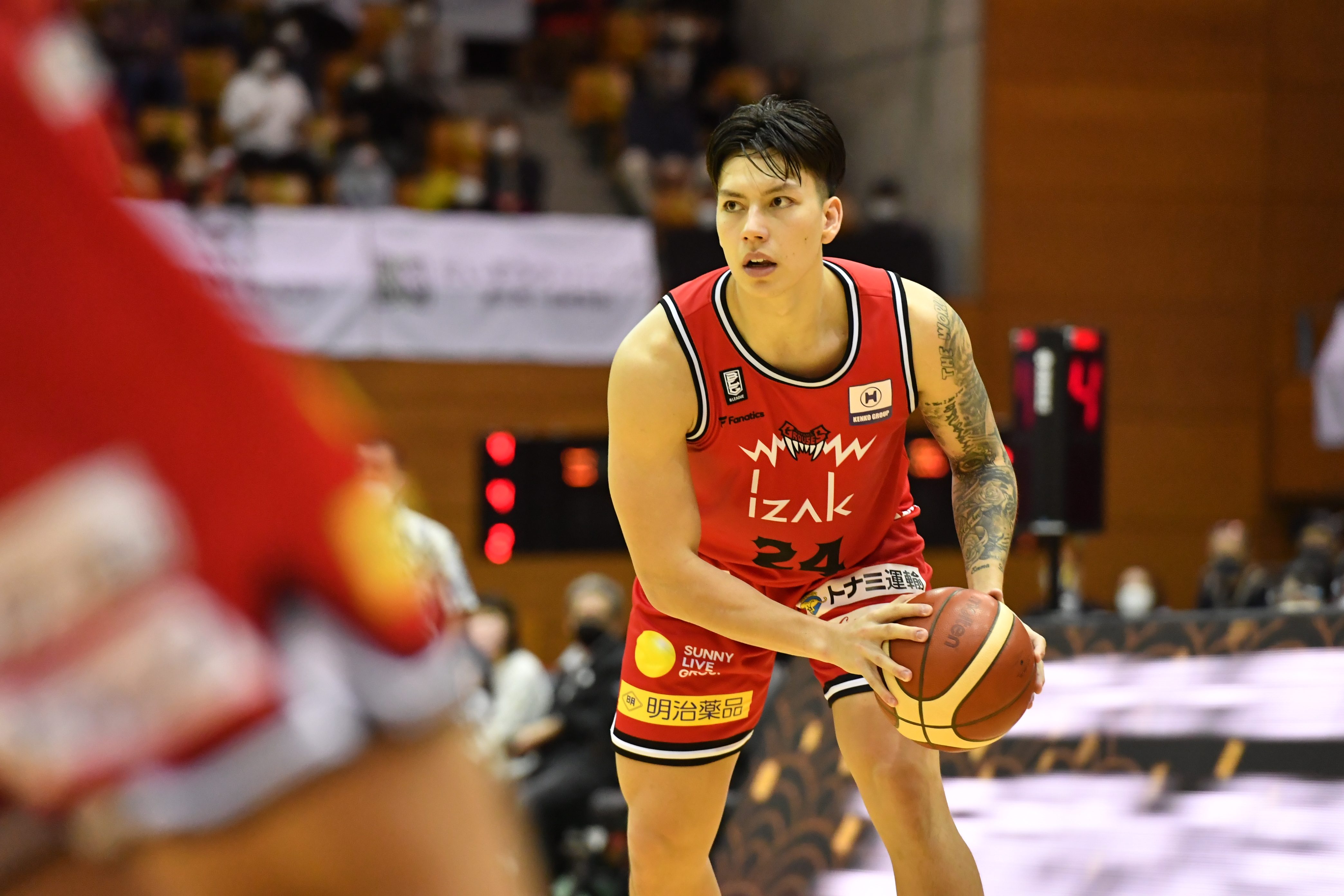
It’s definitely a feasible concept after Ravena paved the way for more Filipinos to showcase their skills in Japan.
Young superstars like Dwight Ramos, Ray Parks, Kobe Paras, brothers Juan and Javi Gomez de Liaño, as well as Ravena’s older brother Kiefer were among the next batch of Filipino imports who took the leap, and likewise impressed, during the 2021-2022 season.
Other high-profile players set to debut next season are La Salle stalwart Justine Baltazar and NorthPort big man Greg Slaughter.
The B. League international business developers said they’re also researching ways to improve their company’s marketability and increase social awareness.
Some B. League games – mostly the ones Filipinos played – were available via streaming on Tap DMV last season. A few were viewable through the league’s Facebook and YouTube pages.
During a game in April hosted by home team Ryukyu Golden Kings against the Shiga Lakes (formerly known as Shiga Lakestars) – bannered by Gilas Pilipinas standout Kiefer Ravena – around 200 Filipinos were invited by Ryukyu to attend and watch one of their best players in action.
Yamamoto and Matsumoto shared they are considering ways to give Filipinos further viewing options, albeit without specifics just yet.
The B. League also plans to have more live events in the Philippines and they hope to bring their own local standouts, if schedules permit, so that they may be introduced to the Philippine media and basketball landscape.
In the future, they are also looking into opportunities to have training sessions with B. League coaches either in-person or online for Filipinos.
As a start, the B. League hosted a finals viewing party last May at the Bonifacio Global City in Taguig. Ray Parks and Javi Gomez de Liaño graced the event where they also shared their experience as professional hoopers abroad.

The B. League’s success in bringing a new audience by tapping Filipino imports have clearly prompted other Asian leagues to do the same.
Several collegiate stars like Ateneo’s SJ Belangel and FEU’s RJ Abarrientos have been signed by the Korean Basketball League (KBL), while UP standout Ricci Rivero has also been tapped by Taiwan’s P.League+.
These moves don’t mean the Philippine Basketball Association (PBA) will ultimately miss out on these Filipino talents from getting to perform in their league.
For instance, Javi Gomez de Liaño is already playing with Terrafirma. But it’s definitely a new path, much different from the decades-long tradition of graduating Filipino college players kicking off their pro careers by declaring for the PBA Draft.
“Our door is not closed. It’s always open and in that way, we have started the Asian quarter,” Matsumoto said, adding that these opportunities are extended to Chinese, Indonesian, Korean, and Taiwanese players as well.
There might be those within the local pro league who feel international agents play a part in steering local talents to take offers from Japan or other countries because of the higher salary offer. This includes players currently signed to a PBA team or could be up for renewal.
Kiefer Ravena’s situation, though, was a unique example since he was signed to a long-term deal with NLEX when the offer from Shiga arrived.
Ultimately, he was able to play in the B. League with the condition that he returns to the PBA after the season, although that comeback has not yet materialized.
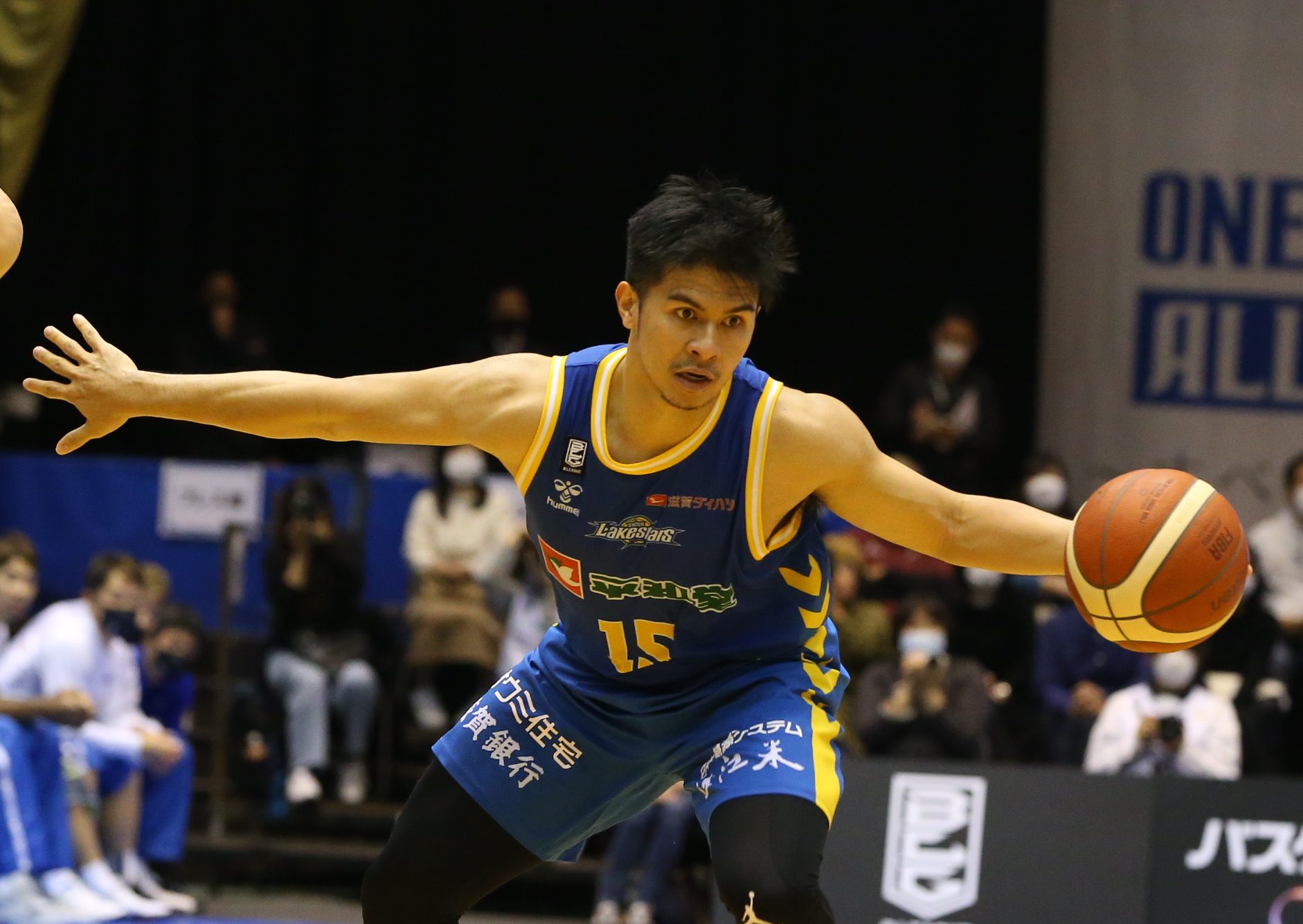
Some social media users argue that Asian leagues are taking away Filipino talents from their own soil, although there are also a good portion of netizens who are thrilled about what could be once-in-a-lifetime opportunities for the players.
The B. League doesn’t seek any conflict, insisting its intention is to provide opportunities.
“What we created is the Asian player quotas and under that regulation, clubs are working to scout talents,” Yamamoto said.
“I think it’s about players wanting to show their talents in Philippines or Japan or any Asian, European, or other leagues where they want to do so. Then, it’s a discussion between the club and the player’s side, but they have to follow our rules and regulations.”
The B. League just finished its sixth season and already has plans when they hit the 10-year mark.
It will have 54 teams for the 2022-2023 season – 24 in the B1 division, 14 in B2, and 16 in B3 – but the classifications for teams will soon change and the determining factors will not be solely on basketball success.
“There’s going to be the new B1,” Yamamoto said of the plans for the 2026-2027 season. “There should be new names but now we’re calling it just ‘New B1.’”
There will still be two divisions under it, although the higher standards might eventually relegate some current B1 teams to B2.
“So, each level has different requirements for the arena, attendance, and also sales per year,” Yamamoto explained.
“So, the new B1 League, you have to have 4,000 spectators per game on average and you have to have dream arenas which can seat up to 5,000 seats at least. For the sales, it’s a certain amount of number which most of the B1 League are not reaching right now. So, they’ll have to be working more to invite the customers.”

Despite that timeline being far ahead, the B. League envisions that Filipino players will still be part of the teams regardless of what division they play.
Filipino fans visiting or living in Japan will have more chances to watch these ballers at different home arenas where they can simultaneously enjoy the entertainment aspect.
“To be the best league in Asia,” Matsumoto said of the league’s goal. “[Those moves] help with the improvement of the league and the players, so yeah, this Asian player quota isn’t short-term, but long-term.”
Basketball isn’t considered the most popular sport in Japan, but the country’s most prolific league hopes to make a splash in that discussion. That plan includes welcoming the Philippine market.
And as the league officials noted, once traveling regulations to Japan normalize, it’s also not a bad country to enjoy the sights. – Rappler.com
Add a comment
How does this make you feel?
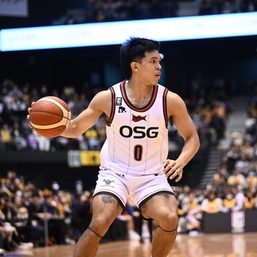
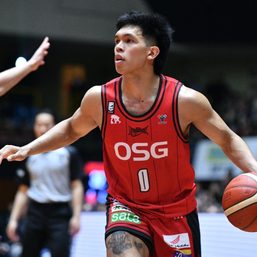
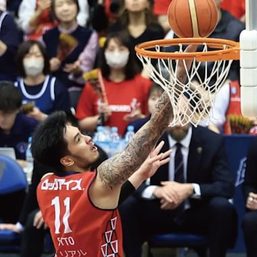
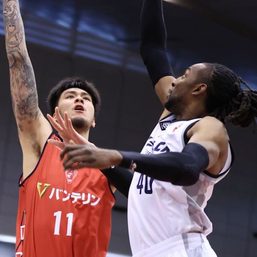
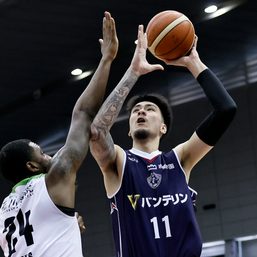
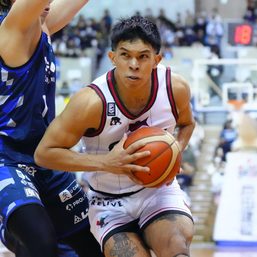
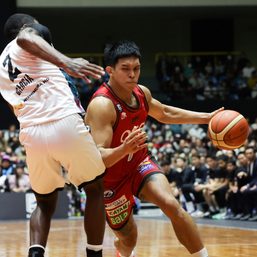
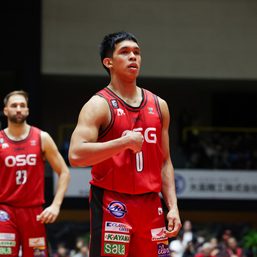
There are no comments yet. Add your comment to start the conversation.